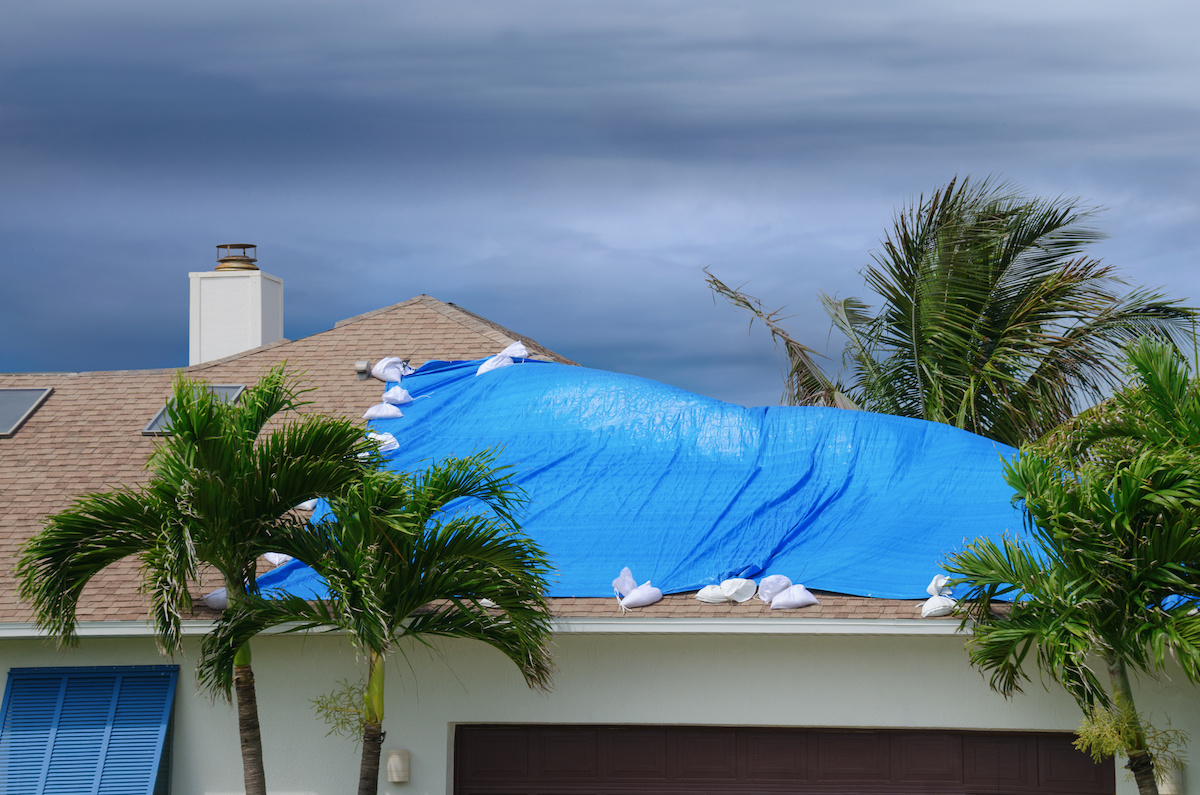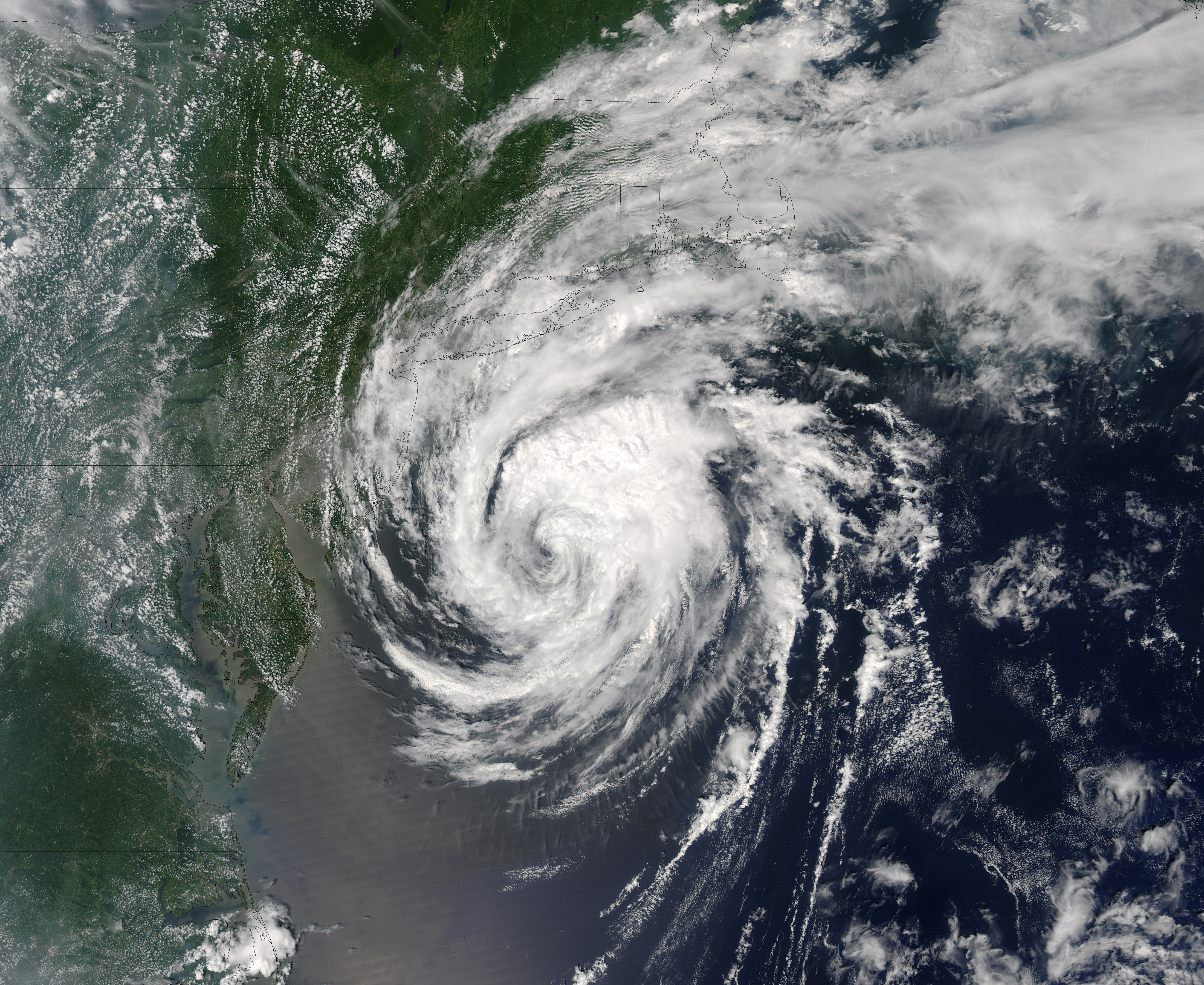Impact Assessment

Jamaica beryl hurricane – Hurricane Beryl’s wrath left a trail of devastation in Jamaica, leaving behind a sobering tally of physical and economic damage.
The Jamaica Beryl hurricane wreaked havoc on the island, leaving a trail of destruction in its wake. Yet, amidst the chaos, a glimmer of humor emerged. The annual “world ugliest dog contest” was held online, providing a moment of levity during these trying times.
The contest showcased canines with unconventional appearances, proving that beauty comes in all shapes and sizes. As the storm subsided, the memory of these quirky canines brought a smile to the faces of those affected by the hurricane, reminding them that even in the darkest of times, there is always something to bring a glimmer of joy.
The hurricane’s relentless winds and torrential rains unleashed a torrent of destruction upon the island’s infrastructure. Homes and buildings bore the brunt of the storm’s fury, with many collapsing under the weight of fallen trees and debris. Roads were torn apart, isolating communities and disrupting transportation networks. Bridges were washed away, severing vital connections between towns and cities.
Crop Losses and Business Disruptions, Jamaica beryl hurricane
The agricultural sector suffered a heavy blow, with crops flattened by the hurricane’s winds and flooded by the torrential rains. Banana plantations, a mainstay of Jamaica’s economy, were decimated, with thousands of acres of fruit lost. Other crops, such as sugar cane and coffee, also sustained significant damage.
Businesses across the island were forced to close their doors as the hurricane approached, resulting in widespread disruptions to economic activity. Tourism, a major pillar of Jamaica’s economy, was particularly hard hit. Hotels and resorts were damaged, and many flights were canceled, leading to a sharp decline in visitor arrivals.
The fury of Hurricane Beryl ravaged Jamaica, leaving a trail of destruction in its wake. As the storm subsided, news spread of the heroic efforts of Ryan Clark, a young man who risked his life to save others. Ryan’s courage and selflessness became a beacon of hope amidst the devastation, inspiring those affected by the hurricane to rebuild their lives with unwavering determination.
Meteorological Analysis

Hurricane Beryl emerged as a tropical depression on July 4th, 2018, east of the Lesser Antilles. It intensified into a tropical storm the following day and reached hurricane strength on July 6th. Beryl’s path took it through the Leeward Islands, passing just north of Puerto Rico, before making landfall in the Dominican Republic on July 8th.
As Beryl approached Jamaica, it weakened to a tropical storm but still brought heavy rainfall and strong winds to the island. The storm’s center passed just south of Jamaica, and it emerged into the Caribbean Sea on July 9th. Beryl continued to weaken as it moved away from Jamaica and dissipated on July 11th.
Meteorological Factors
Several meteorological factors contributed to the development and impact of Hurricane Beryl. These include:
- Warm ocean waters: The waters of the Atlantic Ocean were unusually warm in the summer of 2018, providing ample energy for tropical cyclones to develop.
- Favorable wind patterns: Beryl developed in an area with favorable wind patterns, which allowed it to organize and strengthen.
- Upper-level winds: The upper-level winds were conducive to the development of Beryl, providing it with an environment that supported its growth.
Lessons Learned
Hurricane Beryl provides several lessons that can be applied to future hurricane preparedness efforts. These include:
- The importance of early warning: Beryl developed and intensified quickly, highlighting the importance of having early warning systems in place.
- The need for evacuation plans: Beryl’s path was uncertain, and it is essential to have evacuation plans in place in case of a hurricane threat.
- The importance of disaster preparedness: Beryl brought heavy rainfall and strong winds to Jamaica, causing flooding and damage. It is essential to have disaster preparedness plans in place to minimize the impact of future storms.
Emergency Response and Recovery: Jamaica Beryl Hurricane

The Jamaican government and local authorities swiftly implemented comprehensive emergency response measures to mitigate the impact of Hurricane Beryl. These included the activation of the National Emergency Operations Centre (NEOC), the issuance of evacuation orders, and the deployment of disaster relief teams.
Despite the timely response, challenges arose in the evacuation process due to heavy rainfall and flooding, which hampered transportation and communication networks. Additionally, the destruction of infrastructure and the displacement of communities posed significant obstacles to the provision of essential services, including healthcare, water, and electricity.
Challenges in Disaster Relief
- Inaccessible roads and damaged bridges hindered the delivery of aid to affected areas.
- Overwhelmed healthcare facilities struggled to provide adequate medical care to the injured and displaced.
- Disruptions in communication networks made it difficult to coordinate relief efforts and provide timely information to the public.
Best Practices and Areas for Improvement
- Early warning systems: The timely issuance of evacuation orders and public advisories allowed residents to take precautionary measures and minimize casualties.
- Community engagement: Local organizations and volunteers played a crucial role in providing support and assistance to affected communities.
- Area for improvement: Strengthening infrastructure resilience, such as improving drainage systems and reinforcing bridges, could mitigate the impact of future storms.